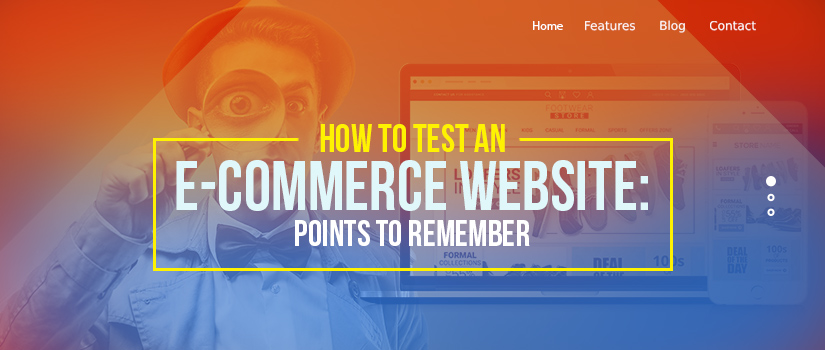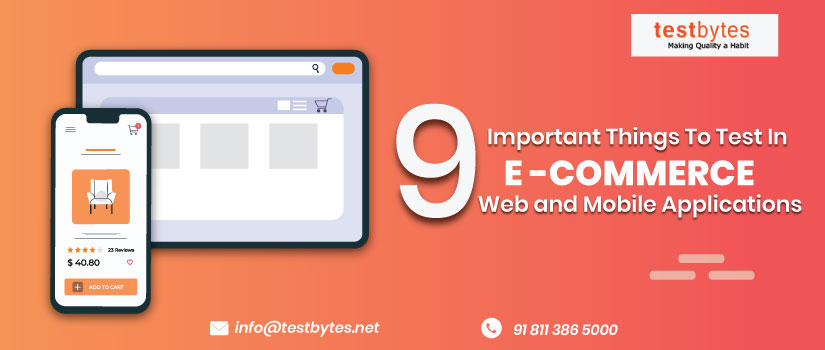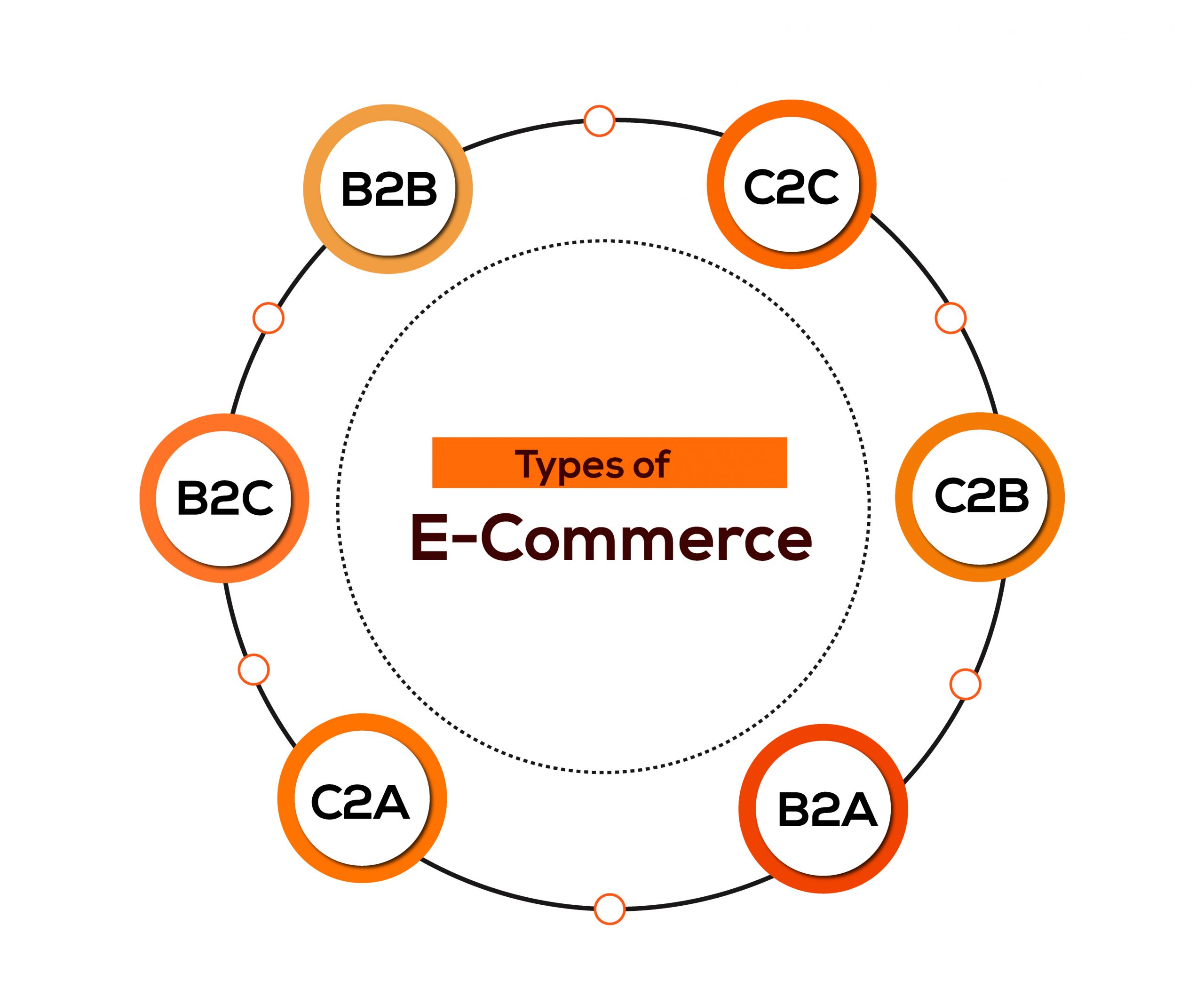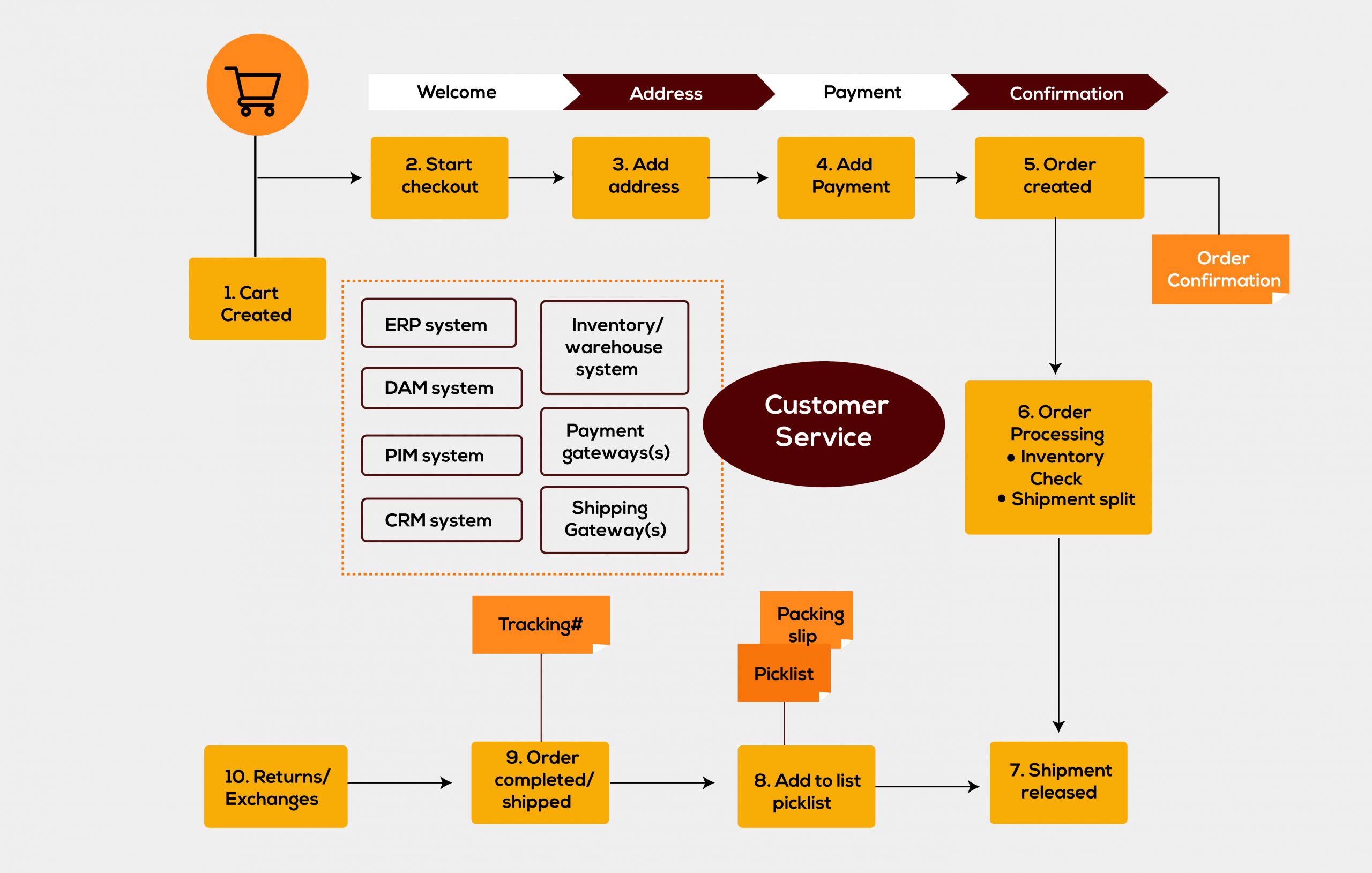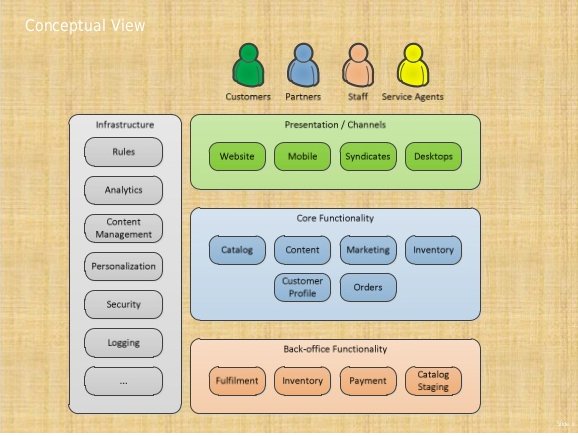It is very complex to set up an E-commerce website. It is subject to various market-specific variables. Testing becomes compulsory and important in order to maintain the integrity of E-commerce website. Testing a website helps to add value to your product or service and prevents errors. The main objective behind testing an E-commerce website is to ensure software quality, reliability, optimum performance and capacity utilization.

Sometimes you may wonder why it is so important to test an E-commerce website. In order to get success in an online business, you must ensure that your website is well designed to attract conventional traffic. Your website should offer a great customer experience.
In order to ensure these things, a website has to be tested. In a study of UNCTAD, it has been suggested to focus on testing the E-commerce websites as it is an essential part of online business future.
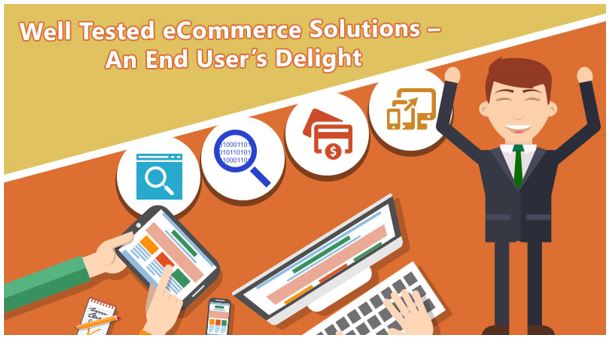
How to Test an E-commerce Website
Every website has to go undergo some basic tests whether it is an E-commerce website or any other.
- Functional testing: It is basically done to ensure the smooth functioning of a website without any faults. It includes testing web pages, cookies, database etc.
- Usability testing: It is done to make the website effective and user-friendly. This testing is suitable for the websites that are concerned with manual process. The important aspects of usability testing are sitemap, navigation etc.
- Security testing: The main aim of security testing is to protect data and maintain functionality as planned. It stops unauthorized access in order to secure web pages. It includes testing like CAPTCHA testing, SSL testing etc.
- Performance testing: As the word suggests, it tests the performance of your website in different scenarios. It typically involves load testing, scalability testing, stress testing etc.
- Database testing: Database testing includes testing performance related to database, data validity testing, integrity testing etc. It also tests procedures functions and triggers.
- Mobile application testing: Some website verifications are concerned with mobile versions. A number of people are mostly using mobile phones for internet. Hence, mobile application testing is very important for any website.
- A/B testing: A/B testing is conducted to compare two versions of a single variable. It can run simultaneously between two or more web pages to check which of them converts the best for your E-commerce store.
As far as E-commerce business is concerned, we need to take care of different testing as it is all about buying and selling goods and services online. E-commerce is mainly concerned with product display, timely delivery, payment gateways and browsing compatibility etc. Well if we talk about E-commerce website testing, following tests need to be conducted in order to test the performance of an E-commerce website.
Also Read : 8 Important Things to Test in Ecommerce Web and Mobile Applications
Ecommerce website Testing Checklist
Browser Compatibility Testing: A good E-commerce website is the one which supports all type of web browsers such as Google Chrome, Opera, Firefox, Safari, Internet Explorer, etc. You need to test the browser compatibility of your E-commerce website to ensure that the end users will not face any difficulty to access your website. Browser testing should cover core platforms such as Linux, Windows etc. Try using different tools to ensure whether the site is compatible with other browsers.
Page Display Testing: Page display is an important element of an E-commerce website. It is the core of E-commerce website as the customer gets attracted towards excellent product display or display home page. Product page plays a vital role in the success of an E-commerce website. Customers visit an E-commerce website for shopping purpose. They check various websites to compare the products and services online. If they found good quality product and promising services then only they take a purchase decision. So, your product page should be correct, attractive and error free.
Display page consists of different pages such as home page, product page, about us, sitemap etc. In order to get good business, you must test the product display page. Following is the checklist for product display page:
Product images, price, specification, reviews, delivery options, shipping information, multiple images and colors available for the product, in stock and out stock information etc.

Content Testing: The contents of your website should not be offensive and misleading. You should avoid litigious contents on your website. The images you put on your website should not be copyrighted and should not have a watermark of any other company. The content that you are writing for your website should be catchy and precise. Your content page should have descriptive text, headlines, promotional banners etc.
Shopping Cart: It is one of the important elements of an E-commerce website. You should test your shopping cart while conducting E-commerce website testing. Your shopping cart should be updated with the latest stock of products available in the market. You should display all the items and the total number of products in your cart. You must add new products and remove old products from a shopping cart. The checklist for shopping cart testing is as follows:-
Product list view, cash on delivery and other payment options, order processing, payment processing etc.
Workflow Testing: The checklist for complete workflow testing of an E-commerce website comprises of following points:
- Sign up and login options
- The search functionality of product and service
- Customers review posting
- Sorting feature
- Check out process
- Order number generation
- Payment options and payment gateways
Login and Security Testing: Well this is very important to test login and security options of your E-commerce website. The login id or accounts of your customer should be secure from any kind of hacking or virus. It contains login capability testing, access control, computer virus scanning; protection from web attacks, insecure information transmission, digital signature etc. E-commerce websites contain valuable information regarding the customer’s personal and banking data. Therefore, a security test should be conducted in order to secure the customer’s data. You can use various testing methods like ethical hacks on customer login, SQL injections etc.
Payment Gateway Testing: It is another important test in E-commerce website testing. Payment gateways are the mode of payment through which a customer pays for his shopping. In order to test the payment gateways functionality, you can make dummy accounts and demo credit card numbers. By using these accounts, you can check whether the payment is processed correctly or not. The methods of payment such as net banking, credit and debit card, PayPal, Paytm etc are working on desired parameters or not. You should check whether the emails and invoice generated after payment process are sent to the customer or not. You should also make sure that refund process, refund receipt is working properly or not. If the above-mentioned things are not working properly you should take corrective actions for the same.
Mobile Responsiveness Testing: As we know people are using the internet mostly on their mobile phones rather than desktop or laptop. That’s the reason companies are taking mobile phones as the first approach to their E-commerce website. So you need to make sure that your E-commerce website or application should be mobile friendly and suitable for various size screen.
Performance and SEO Testing: Performance testing shows how well your website is performing in the online market. Performance of your website depends upon request coming on your website per second, transactions taking place per minute, the time duration between clicking and seeing your web page etc. Performance testing can be conducted on various parameters such as loading speed, tolerance of traffic load, data transfer rate etc.
Your website should have high visibility on a search engine so that you can get huge traffic on your website. You can raise the visibility by implementing search engine optimization on your E-commerce website.
Product Filtration Testing: Product filtration is to choose the product according to size, color, material etc. For example, if someone searches for a formal shirt on your website, he can select it from filtration according to required size like small, medium, large etc or he can also have a color preference like blue, white, yellow etc. You should test whether product filtration is working properly or not before living the website in order to provide a great customer experience.

So, this is how you can test an E-commerce website on different parameters using various techniques. Website testing is a crucial step before launching your E-commerce website in the market. A well-tested website or application performs well and gives desired results to the business owners and customers as well. We hope this article has served you well and provided you with the required and important information that you want related to your E-commerce website.
Also Read : How to Select An Test Automation Services Provider For Your Software
